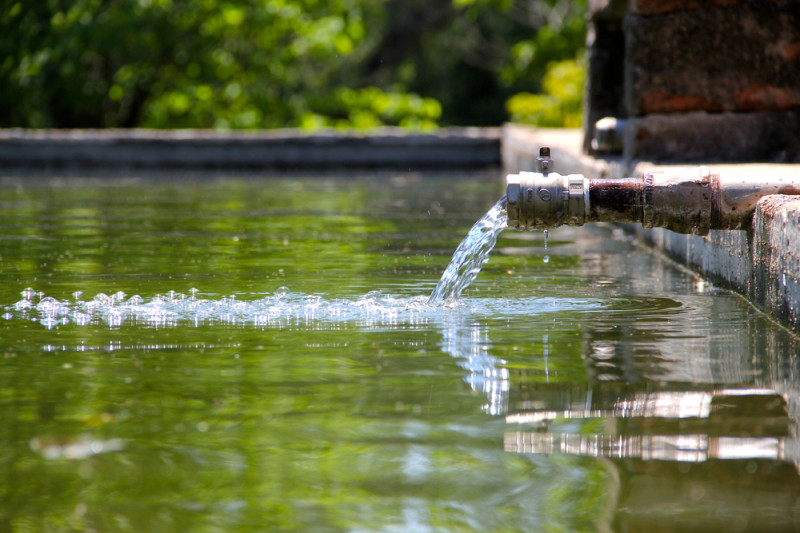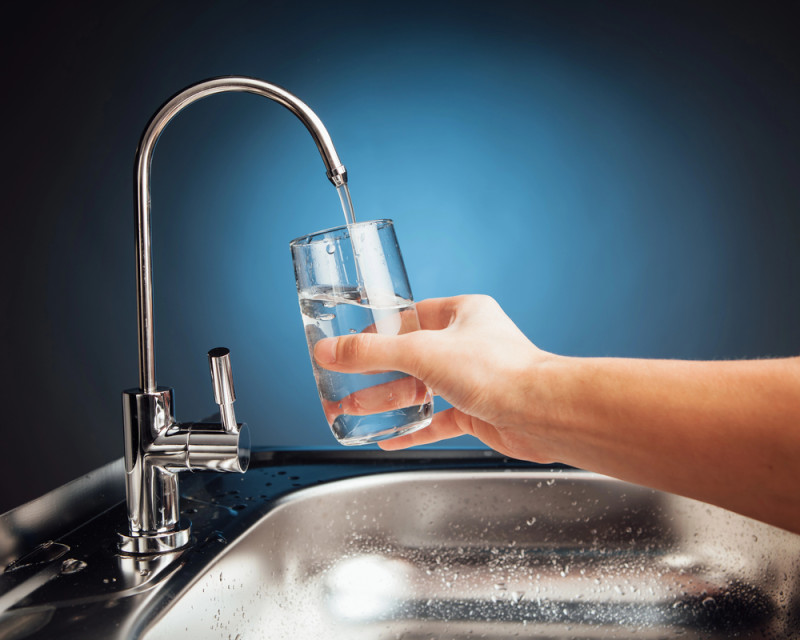Have you ever turned on your tap to find discoloured water? This experience can be unsettling and raises concerns about water quality.
While discoloured water isn’t always harmful, it’s crucial to understand the underlying causes. When you know what’s going on in your pipes, you can take appropriate steps to resolve the issue and prevent future occurrences.
In this article, we’ll explore why tap water becomes discoloured and look into its common causes. You’ll learn what different colours indicate and how to fix your pipes and infrastructure to make your water clear and safe.
Suspect a plumbing problem? Fear not, our team of local Perth plumbers are here to help! Call us today.
Why Is Your Tap Water Discoloured?
Discoloured tap water occurs for many reasons. It may be due to the plumbing system inside your home or property, or it can be the effect of council supplied water infrastructure. While suppliers are obliged to treat water and meet safety standards, distribution problems can lead to changes in the appearance, taste, or smell of water. Understanding these causes is the first step to addressing the problem and ensuring safe drinking water.
Common Causes of Discoloured Tap Water
Discoloured water can occur for the following reasons:
Sediment Buildup in Pipes
Sediments such as sand, silt, and organic materials can accumulate in water pipes. Changes in water pressure often stir up these deposits, which can cause murkiness and discolouration over time. You can test the water quality by running water from a garden tap to see if the sediment clears.
Rusty or Corroded Pipes
Older pipes made of iron or steel are prone to rust and corrosion. When rust particles from a rusted plumbing pipe are dislodged, they can give your water a brown, yellow, or orange hue.
Water Main Breaks or Repairs
When water mains are broken and require fixing, it can disrupt water flow. Damaged infrastructure releases sediments and contaminants into the supply, which is a common temporary cause of water discolouration.
Changes in Water Flow
Fluctuations in water pressure can disturb sediment and cause cloudy or coloured water. This often occurs in high-demand periods or when supply and plumbing systems require maintenance. Cloudy water can also be caused by harmless air bubbles that dissipate over time.
Mineral Deposits and Contaminants
Naturally occurring minerals like iron and manganese can build up in pipes and enter the water supply. This phenomenon is also commonly known as hard water build-up. When this process is repeated, it often leads to yellow, brown, or black water. Copper pipes can also contribute to water discolouration due to copper leaching into the water supply.
Hot water system issues
Corrosion inside hot water systems or sediment buildup at the bottom of the tank can also affect water colour. This issue is often isolated to hot water taps and may indicate problems and that you may require hot water system servicing.
The Types of Discoloured Tap Water and What They Indicate
The colour of your water is a primary indicator of the underlying cause. The following water colours indicate particular problems:
Brown Water
Brown tap water from taps often indicates the presence of rust or iron particles. This is typically due to aging pipes or recent pipe maintenance. While tap water running brown is not always harmful, it can stain laundry and affect the taste of water.
Yellow or Orange Water
A yellow or orange colour is often caused by iron or manganese in the water. These minerals are naturally present in the environment, but they can also come from corroded pipes.
Cloudy or Milky Water
Cloudy or milky water is usually the result of harmless air bubbles trapped in the water supply. This is generally harmless and clears up when left to stand. However, persistent cloudiness can indicate high sediment levels or dissolved gases.
Black or Grey Water
Black or grey water can indicate the presence of manganese, decayed organic matter, or deteriorated rubber components from plumbing fixtures. It’s essential to address this type of discolouration promptly.
How to Fix Discoloured Water from Tap
Depending on the frequency and intensity of the discolouration, there are a few ways you can fix the issue.
Flush Your System
Run cold water taps for several minutes to flush out disturbed sediment or trapped air bubbles. This process can be sufficient for resolving minor issues.
Inspect and Replace Old Pipes
If discolouration persists, check for rusty or corroded pipes. Replacing old plumbing with modern materials like PVC or copper can improve water quality.
Consult Your Water Supplier
Contact your local water provider (Water Corporation for Western Australians) to report the issue. They can provide information on system-wide problems or conduct detailed tests to determine the cause of discolouration.
Check Your Hot Water System and Carry out Regular Maintenance
Your hot water system should be drained and cleaned during its service to remove sediment buildup. If the corrosion is severe, your plumber may even recommend replacing the entire system. So it’s important that you can continue to carry these maintenance services out, even if your system appears to be working fine.
Use Water Filtration Systems
Installing water filters or whole-house filtration systems can remove sediments, minerals, and contaminants. This helps to ensure cleaner water at every tap.
Preventing Tap Water Discolouration
At Swan’s Professional Plumbing, we’re firm believers that prevention is best! Along with fixing the problem, it’s important to put appropriate measures in place to prevent future occurrences of discoloured tap water. The following procedures could help act as a long-term fix:
Regular Pipe Maintenance
Schedule routine inspections and maintenance on your plumbing system. With help from your local plumbing experts, you can identify and address potential issues before they escalate.
Plus, did you know we offer all of our members FREE annual plumbing health checks? Don’t forget to book yours in!
Install Water Filters
Consider installing water filters at taps and key points in your plumbing system. This helps to capture sediment and minerals before they reach your taps.
Monitor and Report Water Issues Early
Inspect your water regularly to identify changes in water quality. Report any issues to your water supplier immediately to make sure they’re addressed fast. Early detection can help prevent more significant problems down the line.
Get Help From Your Local Plumbing Professionals
Don’t let discoloured tap water affect the health and safety of your family. While it might seem like a minor inconvenience, poor water quality can be the sign of a much larger problem. So it’s best to get it looked at quickly!
At Swan’s Professional Plumbing, we can help with your water discolouration issues. Contact the team at for a obligation-free onsite quote today!



